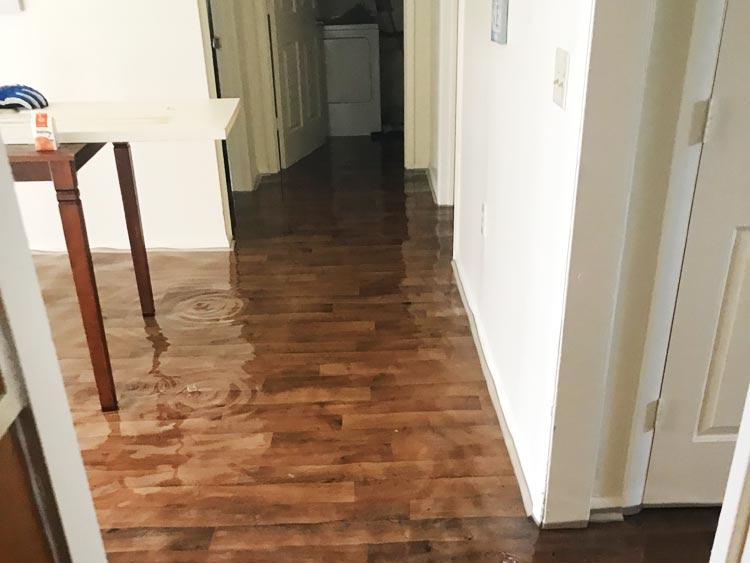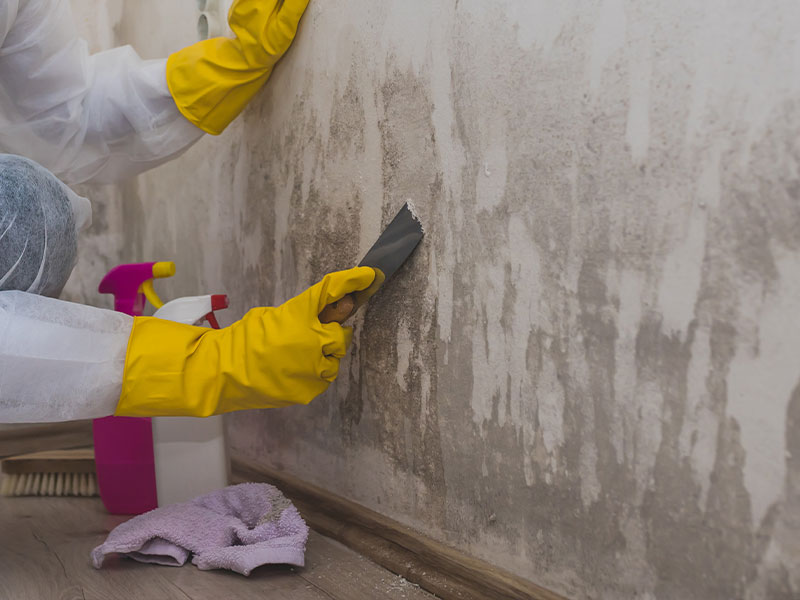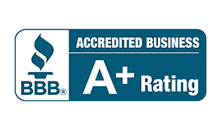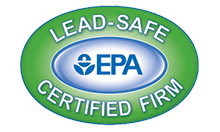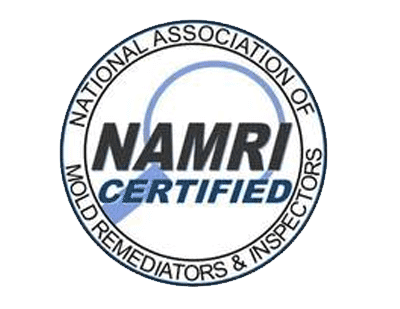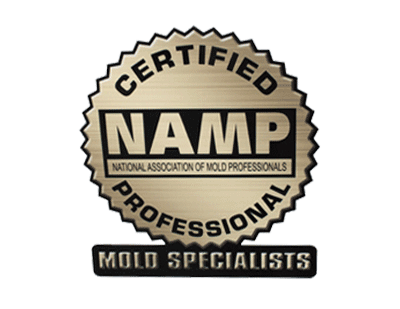Did you know that up to 50% of home water damage claims are from failed appliances like dishwashers and ice makers? Water damage can harm household appliances and the home’s structure, especially the subfloor. The subfloor, made of plywood or OSB, is key for support. Knowing when to replace it can save you from costly repairs and keep your home safe.
Sub-flooring can weaken fast if it gets wet. Common causes include leaks, floods, and broken appliances. For example, most homeowners don’t notice leaks until they see damage. If ignored, water damage can cause mold and weaken the structure, costing $1,000 to $3,000 for a small area. Also, over 30% of the time, the floor joists need to be strengthened.
Key Takeaways
- Up to 50% of home water damage claims are due to failed appliances.
- Subfloor integrity can be affected significantly within hours of water exposure.
- Immediate action is crucial to prevent mold growth and further damage.
- Over 70% of homeowners are unaware of leaks until visible damage occurs.
- Repair costs for a 100-square-foot section of water-damaged subfloor can range from $1,000 to $3,000.
- Reinforcement of floor joists is necessary in more than 30% of water damage cases.
Signs of Water-Damaged Subfloor
Finding signs of water damage in subfloors can be hard without clear signs. A spongy floor or visible sagging means the materials are weak. Warping, creaking, and buckling floorboards, lifted tiles, and a musty smell are other signs. You might need to check the subfloor from a basement or crawl space.
Wet spots near plumbing can mean leaks causing subfloor damage. Burst pipes and leaks from appliances like washing machines and water heaters are common. These problems can lead to high repair costs and more for fixing the subfloor.
Bathrooms and kitchens often show damage through loose or cracked tiles. Look for low spots or sinking areas in the floor. These signs mean water has gotten in. Fixing these issues quickly can stop more damage and save money.
Fixing water-damaged subfloors often involves using dehumidifiers to dry them out. But, if water damage keeps happening, you might need to replace the subfloor. Ignoring these problems can cause serious damage to your home, affecting its structure and safety.
Squeaking or creaking floors can mean water damage in certain spots. It’s best to get a professional to check if you think there’s water damage. They can find out how bad it is and fix it right. Water damage might not show up right away, taking years to appear due to slow leaks.
When to Replace Subfloor from Water Damage?
Figuring out if you need to replace your subfloor starts with checking the water damage. Water can spread up to 6 feet from where it first leaks. For example, a wet spot near a drain might be about 12 inches wide, showing how wet it is.
Being exposed to moisture for too long can cause big problems. This includes rot, mold, and changes in the material. If mold starts growing within 24 to 48 hours, and hardwood floors turn black, it’s a sign of serious damage. If the subfloor wood is damaged by 50% to 75%, you might need to replace it.
A pro can tell you if you need to replace the whole subfloor or just part of it. Signs like musty smells or squeaky floors mean there’s a big problem. If you ignore these signs, fixing it later could cost a lot more.
Acting fast is important. Stop the water leak and remove the flooring to see the damage. Doing this quickly can help with insurance claims and show you acted fast.
Plywood and OSB are common subfloor materials. If they’re swollen or soft, they might need to be replaced. Small mold spots can be fixed by homeowners, but bigger ones need a pro.
Uneven floors, which happen in about 15-25% of homes with moisture issues, also mean the subfloor might fail. This needs a careful check.
In short, quickly finding and fixing water damage is key. It keeps your home safe and prevents more problems later. Fixing the subfloor right keeps your home stable and valuable.
Conclusion
Fixing subfloor water damage is key to keeping your home safe and valuable. Spotting damage early and acting fast can stop problems from getting worse. This saves money on repairs.
Some people try to fix subfloor damage themselves. But, it’s usually better to call a pro. Experts like those at Emergency Restoration Services can fix issues well and keep your home looking good. Untreated damage can cause mold and health problems.
Fixing water damage quickly is important. It prevents deep stains and structural damage. Quick fixes can cut restoration costs by 30% to 50%. Most homeowners choose to replace damaged parts after several water incidents. So, acting fast is crucial for a safe and nice home.
